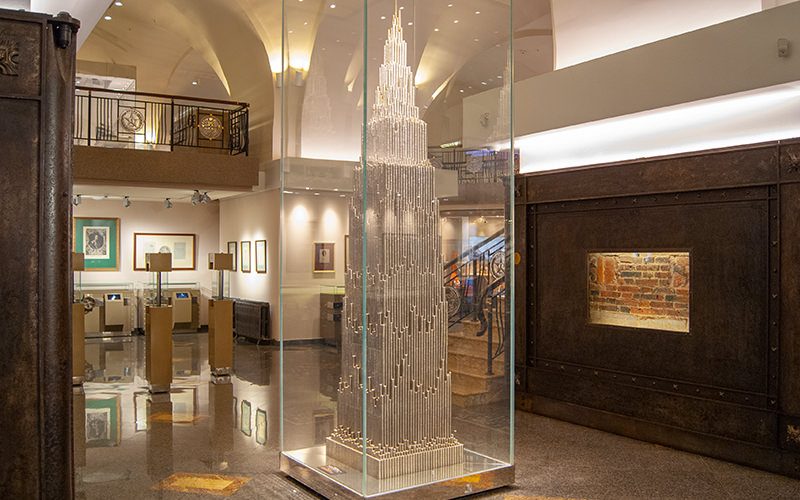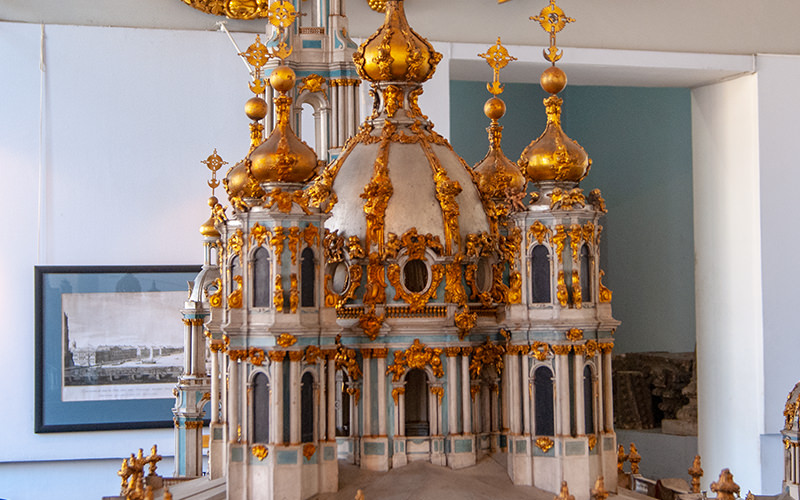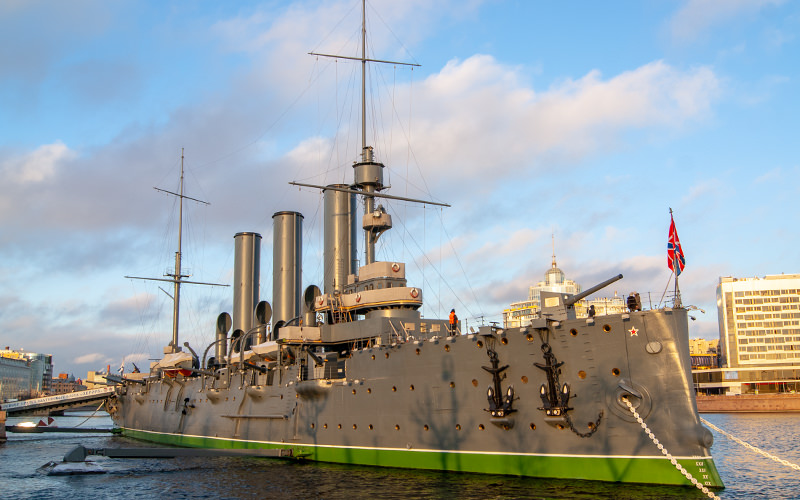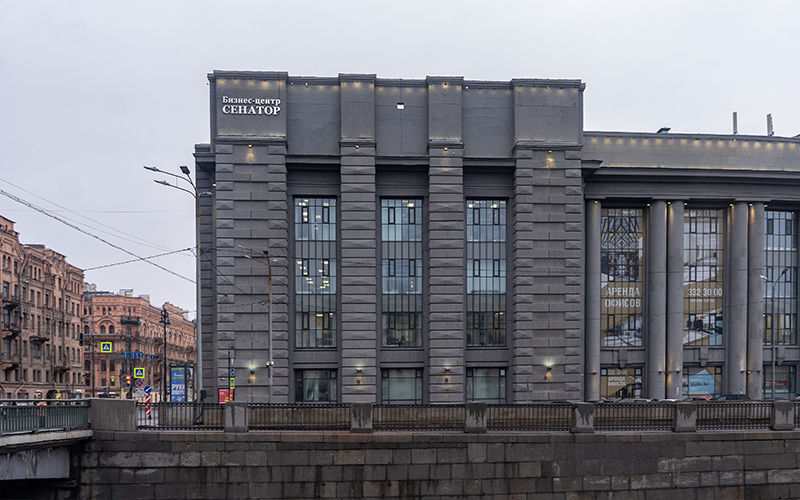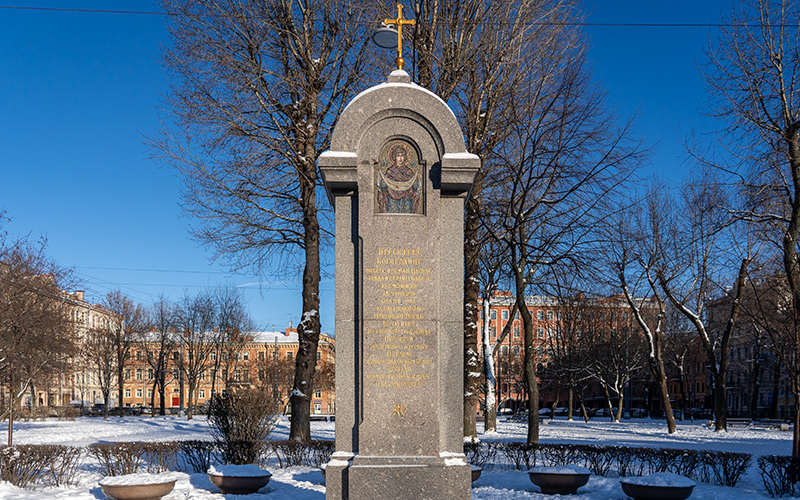The Russian Railway Museum is a unique exhibition dedicated to railways, with its history dating back to the 1970s. The museum houses about 3,500 exhibits, including 118 pieces of historical rolling stock. Some exhibits are open for visitors—such as the chance to explore a real locomotive driver's cabin or peek into a World War II-era car.
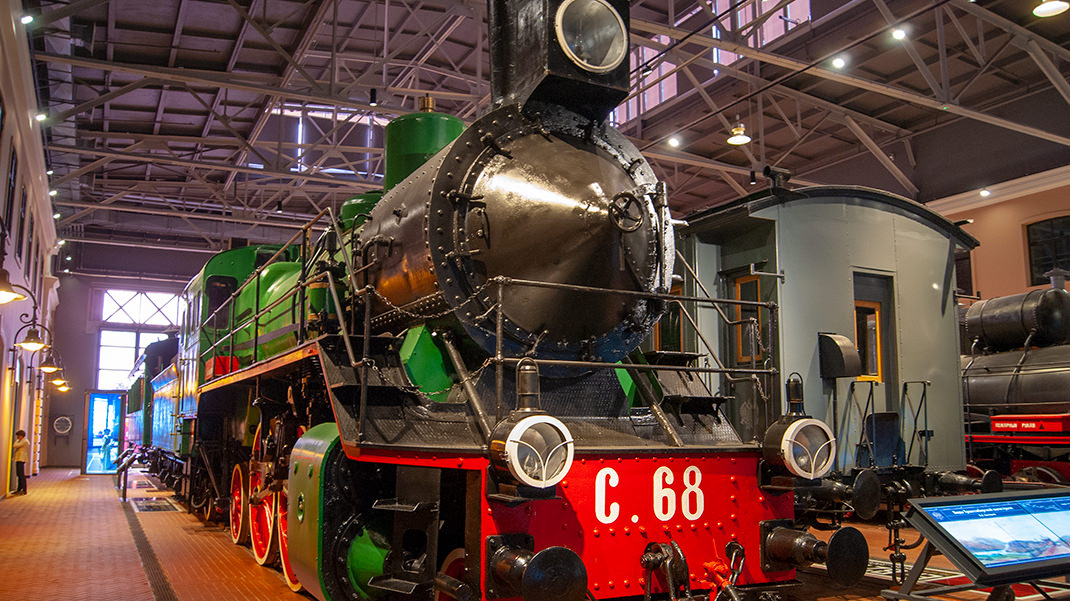
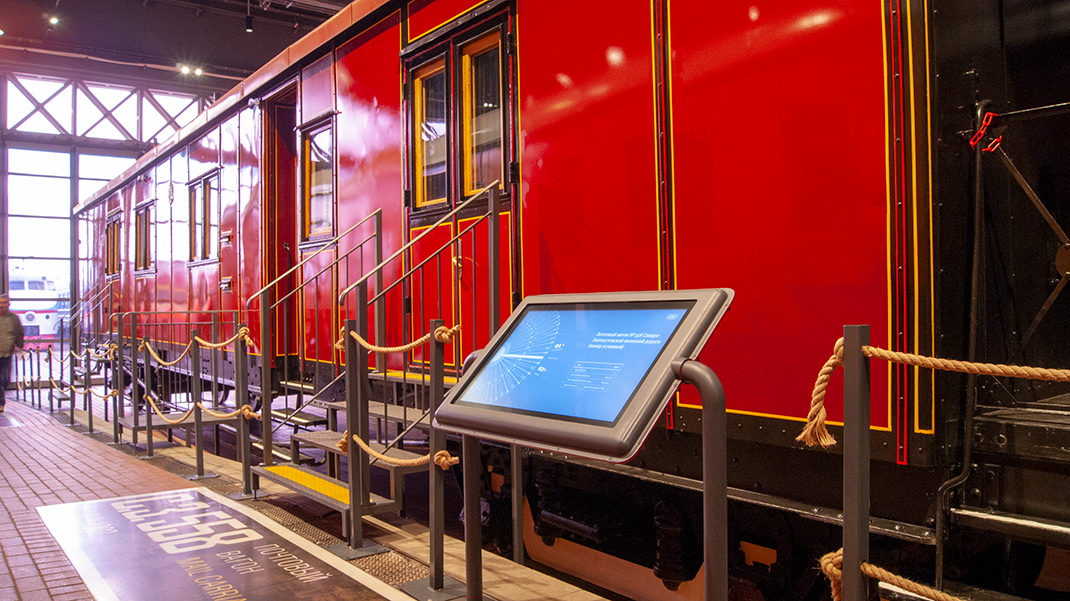
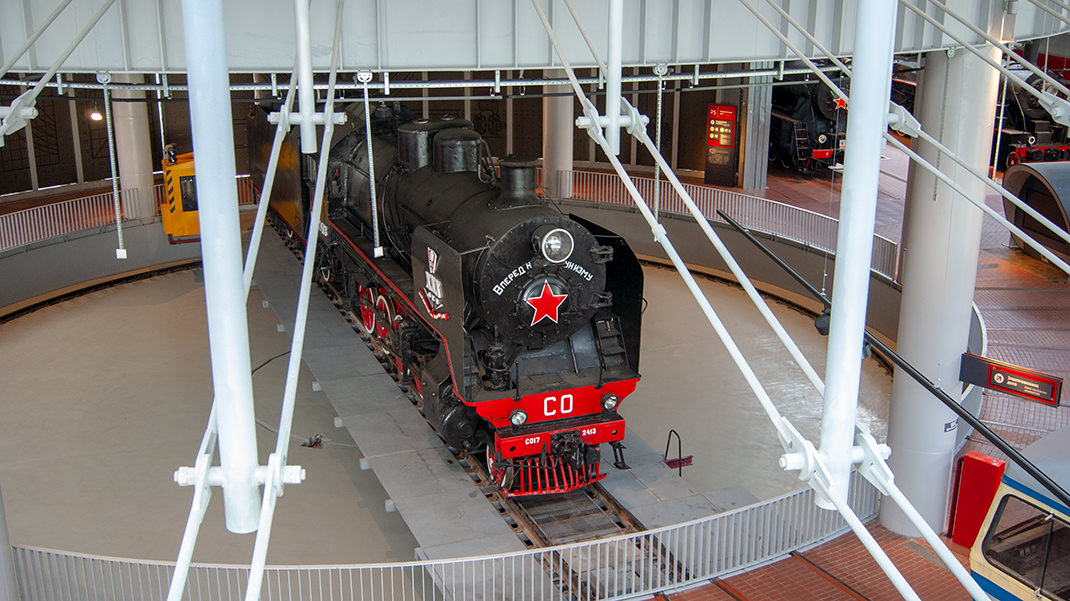
How to Get There
The museum is located near the Baltic Railway Station in St. Petersburg. Accordingly, the nearest metro station is "Baltijskaja" on the Kirov-Vyborg (red) line. After exiting the metro station, walk around the station building to the left and pass through a small archway. A hundred meters straight ahead, you will see the museum building.
The cost of an adult ticket is 300 rubles (autumn 2018). Discounts are available for students and pensioners. Credit cards are accepted at the ticket office. The museum is open from Wednesday to Sunday, from 10:30 AM to 6:00 PM. The entrance for visitors ends at 5:00 PM. The museum is closed on Mondays and Tuesdays.
A Bit of History
The first museum dedicated to the October Railway opened in the Northern capital in 1978 on Liteiny Prospect. In 1991, a branch opened in Shushary, becoming Russia's first Railway Equipment Museum. This is now marked by the "Locomotive Museum" platform on the Vitebsk direction. In 2001, an exhibition was created at the Warsaw Railway Station.
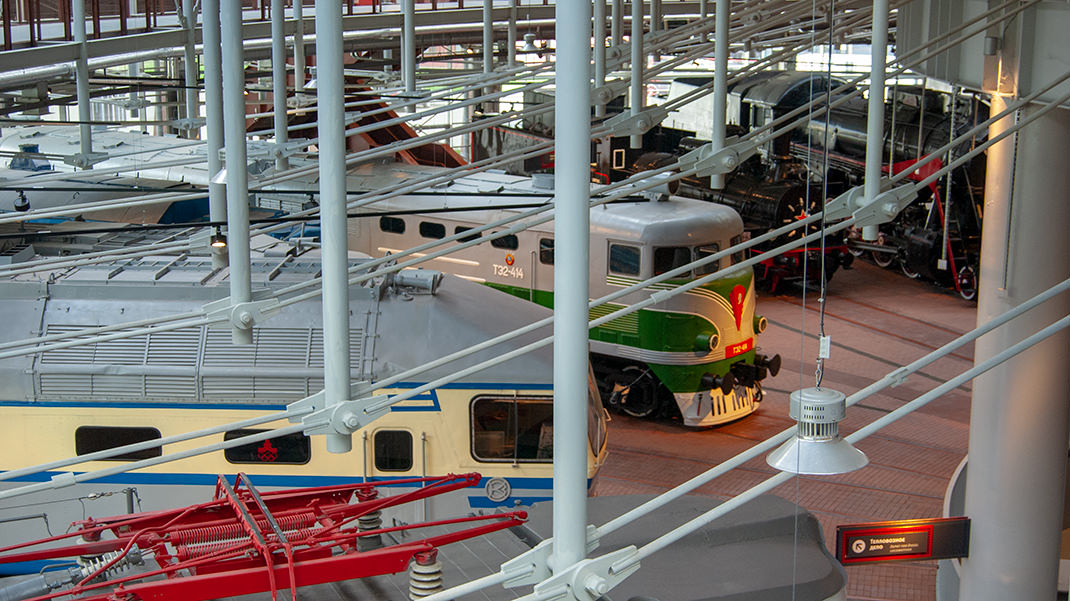
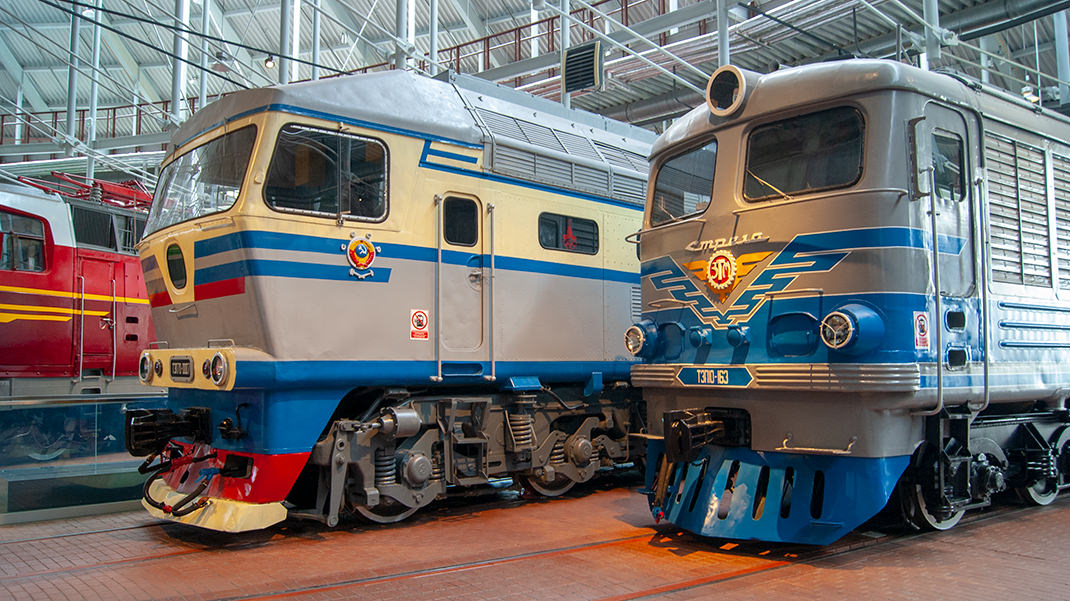
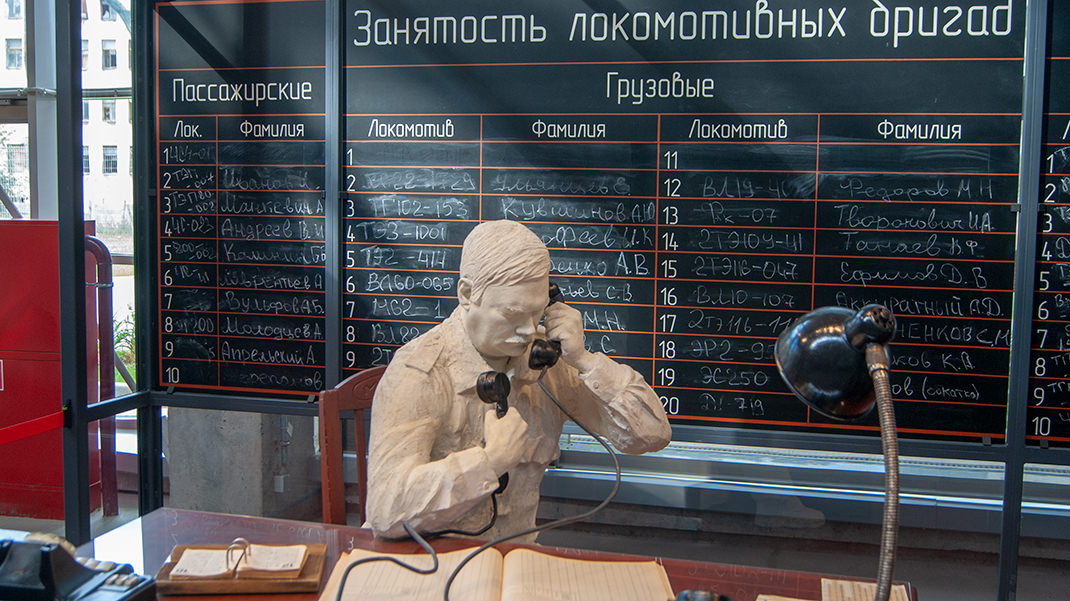

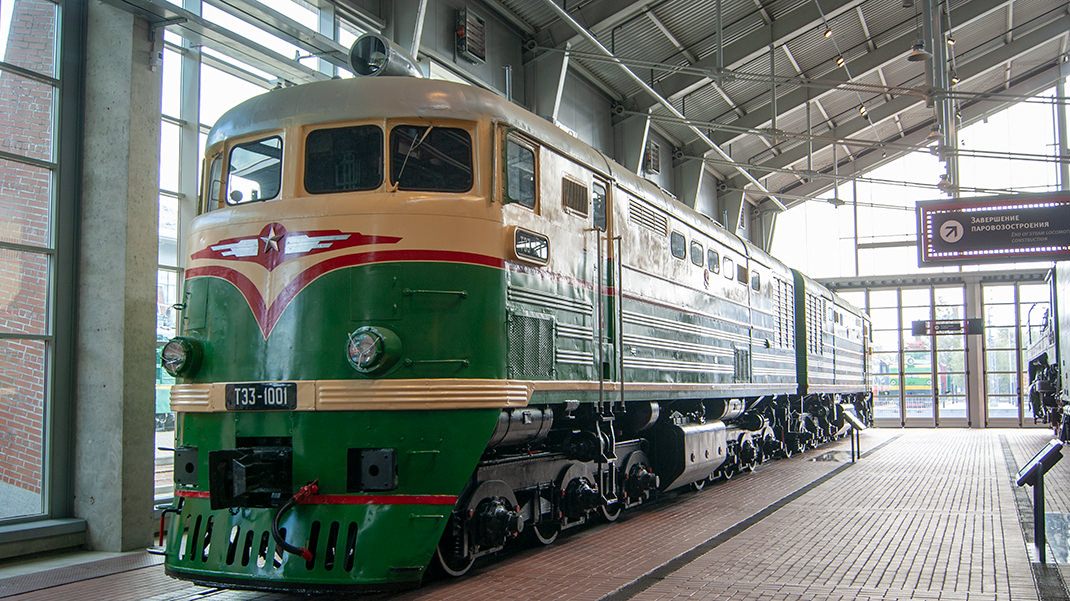
In 2017, on the 180th anniversary of the opening of the first railway in Russia, a new museum building was opened near the Baltic Railway Station, gathering exhibits from all other locations. Covering an area of 50,000 sq. m., it includes two large pavilions and an outdoor exhibition. One of the museum's buildings is a former locomotive depot of the Peterhof Railway.
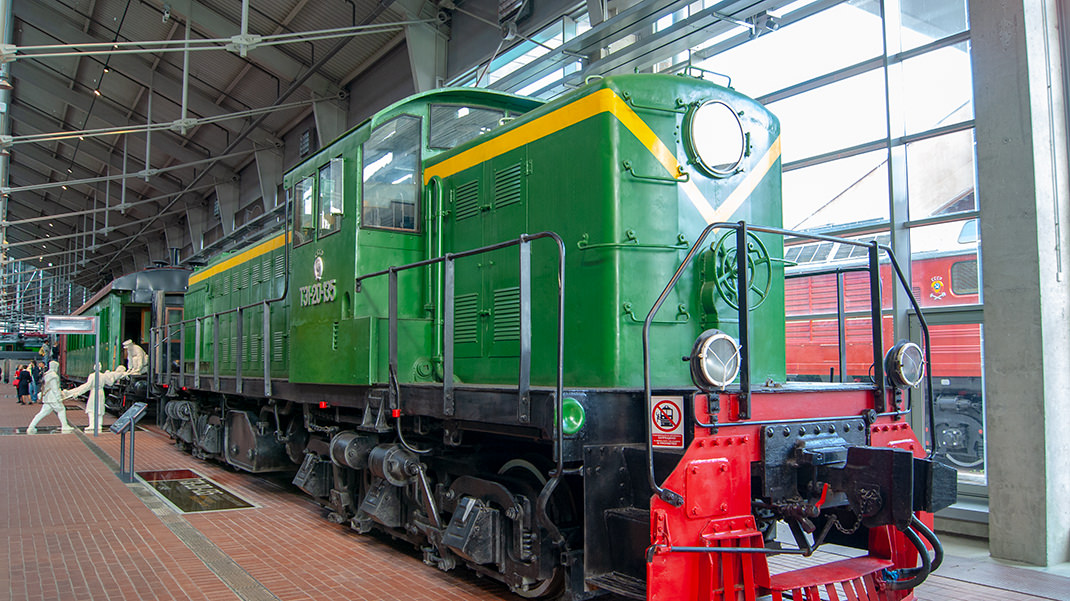
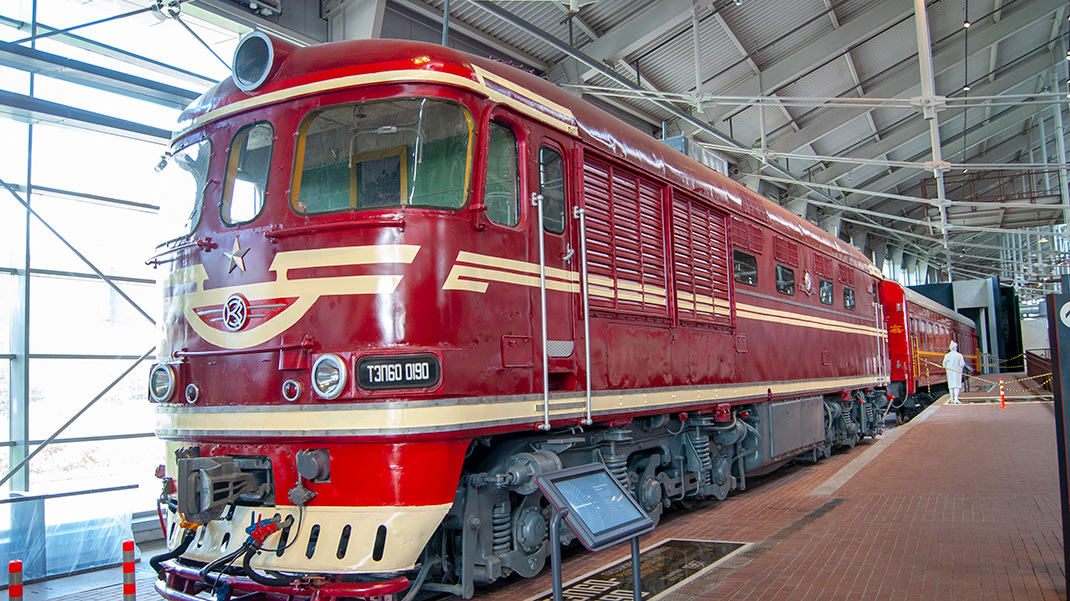
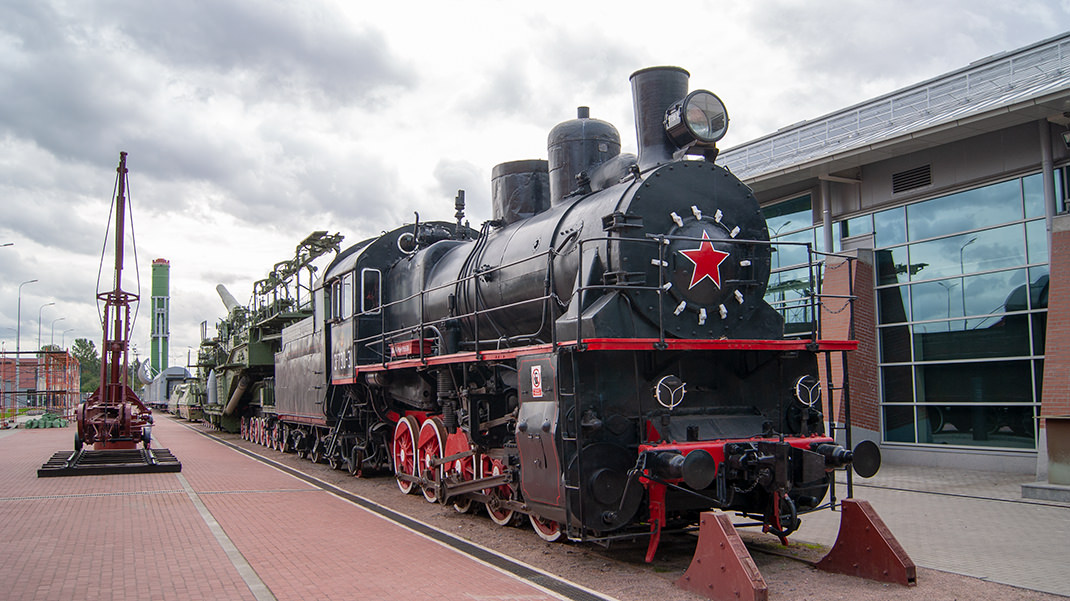
What to See
The museum features many fascinating exhibits, such as:
The high-speed train "Sokol-250": A prototype of a high-speed passenger train created in 2000. "Sokol" could reach speeds of up to 250 km/h. Due to safety concerns, the project was not put into operation. Despite significant investment and years of development, high-speed travel between the capitals is now carried out by the "Sapsan" train from Siemens.
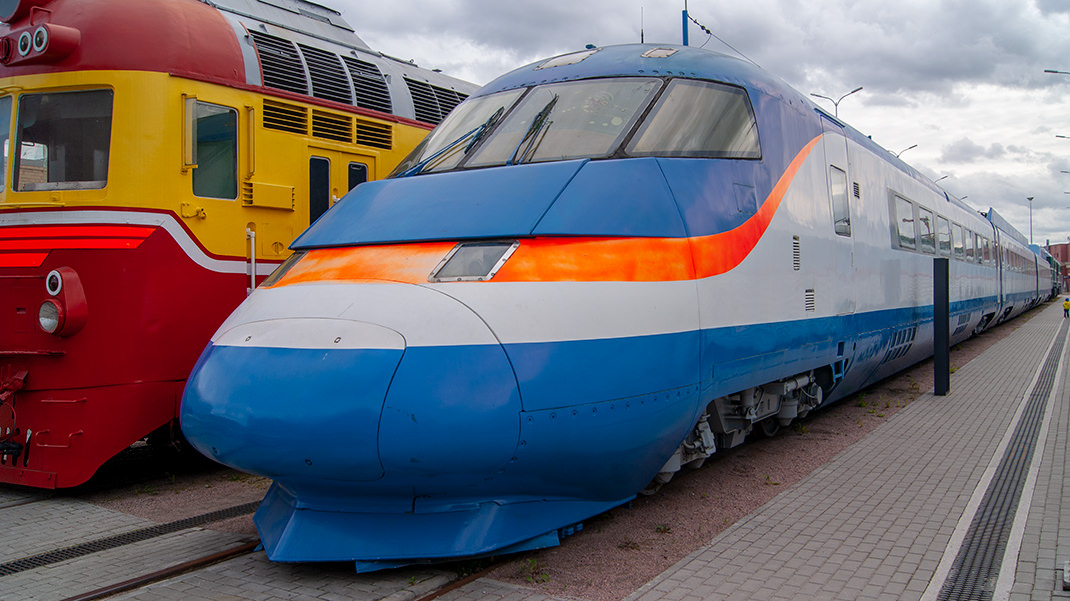
Railway artillery system TM-3-12: This super-heavy gun was produced in only three units. Notably, some parts and mechanisms on the TM-3-12 were taken from the turrets of the battleship "Imperatritsa Mariya," which sank in 1916.
Missile module "Molodets": Used in a combat railway missile system. At one time, a unique train traveled across the country: missile systems were concealed in refrigerated cars, making them nearly impossible for enemies to track. The missile's range was over 10,000 kilometers, and the system's autonomous operation time reached 28 days.
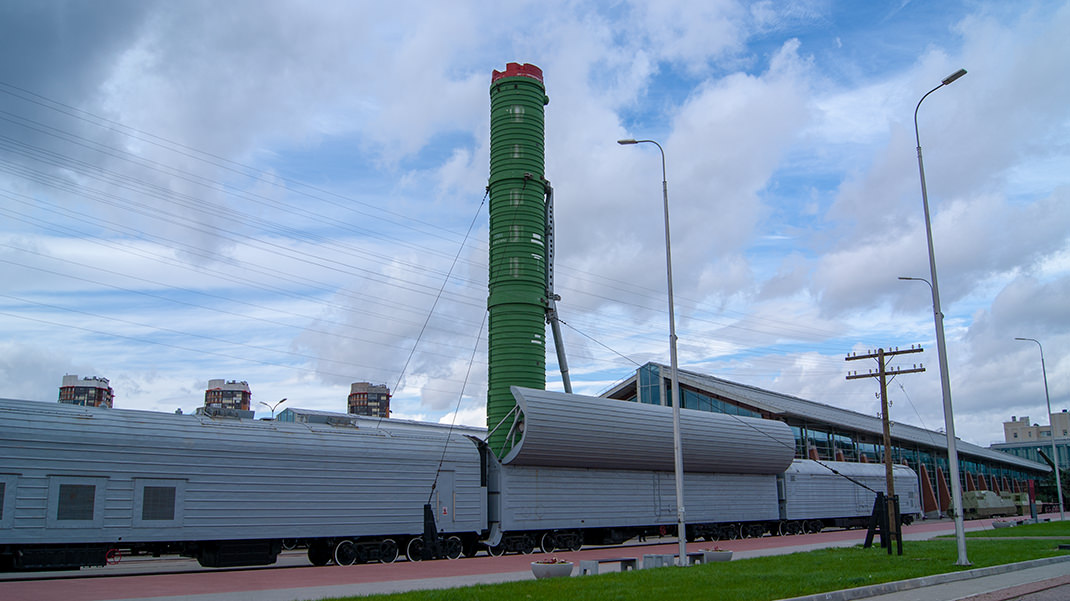
Passenger diesel locomotive TEP80-0002: Built in only two units, it set a world speed record for passenger diesel locomotives in 1993—271 km/h.
Passenger steam locomotive P36-0251: A Soviet steam locomotive, often mistakenly referred to as "Victory." Produced from 1950 to 1956, it is the last passenger steam locomotive manufactured in the USSR.
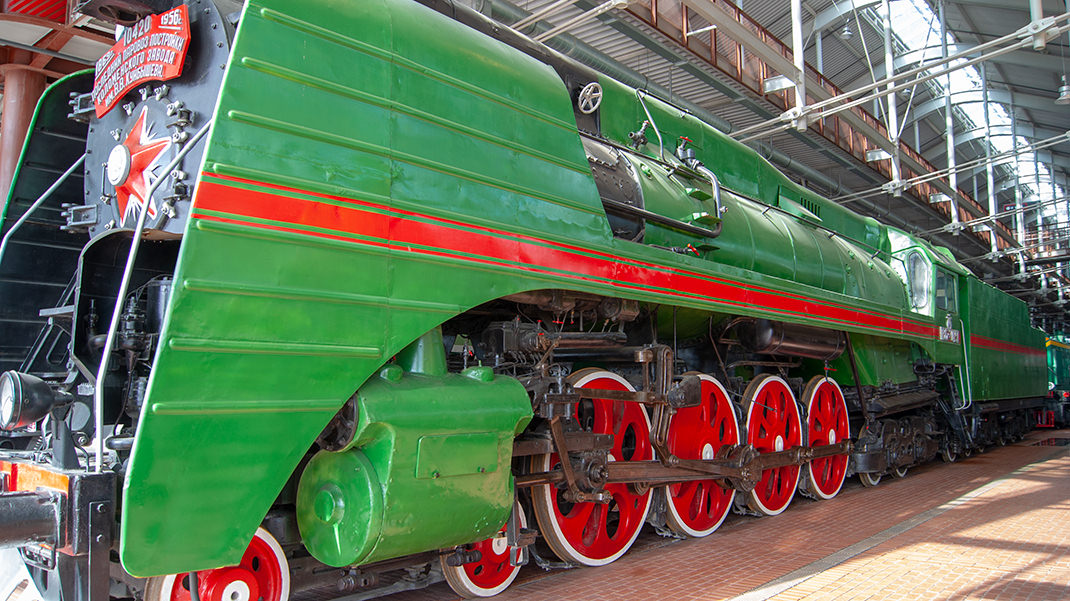
Rail bus RA1: Resembling Moscow metro trains, it was produced by the OAO "Metrovagonmash" plant based on metro cars "Yauza." Rail buses are essentially motor cars or diesel trains that can operate without attached cars, equipped with internal combustion diesel engines.
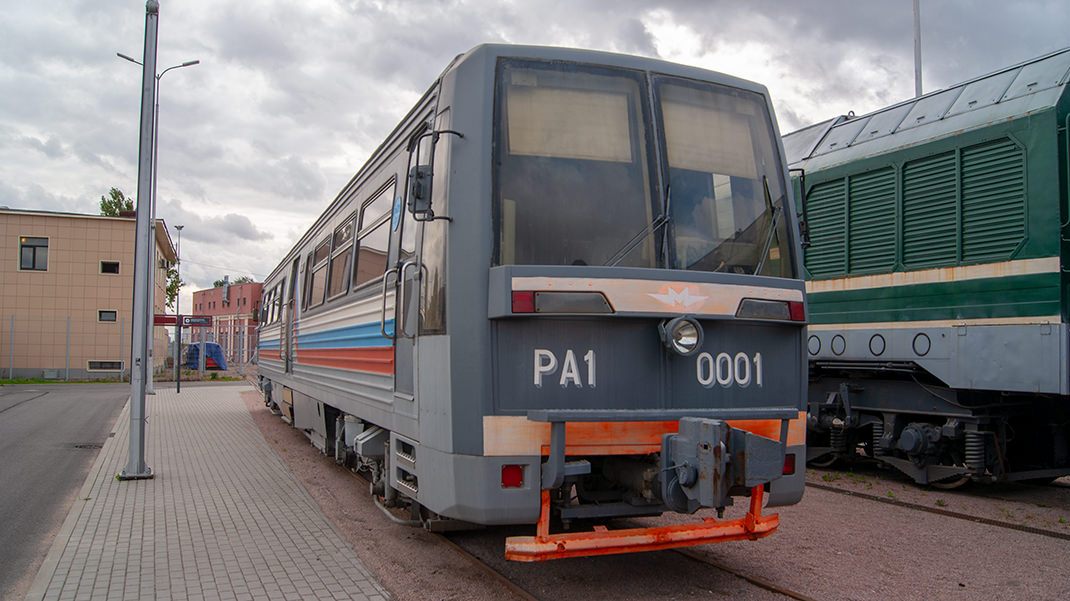
The museum also features a simulator of a diesel locomotive cab, allowing visitors to experience being a TEP70 locomotive driver. This simulator requires a separate fee.
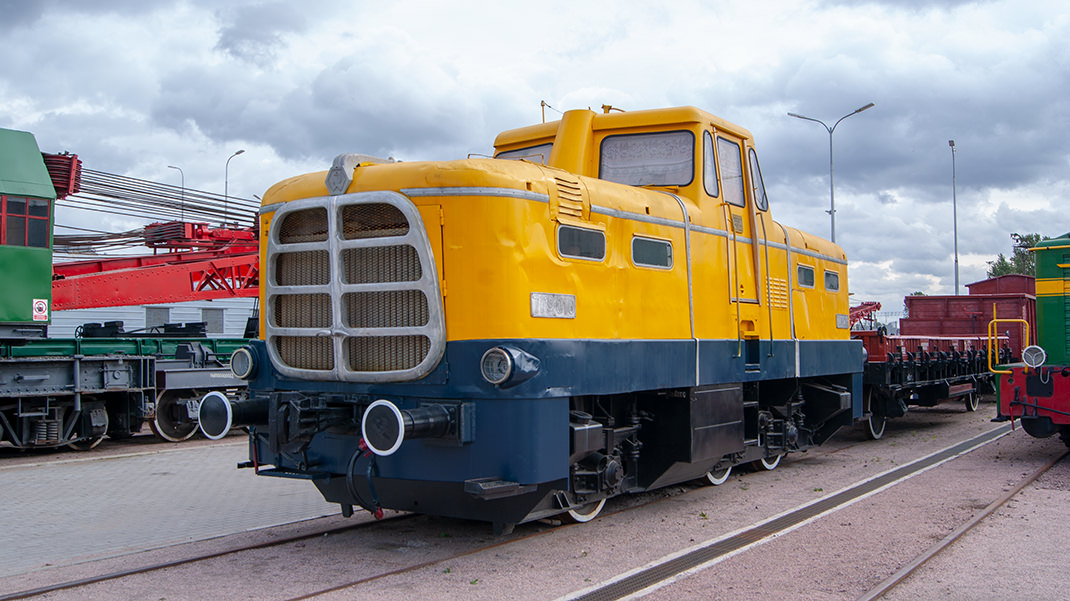
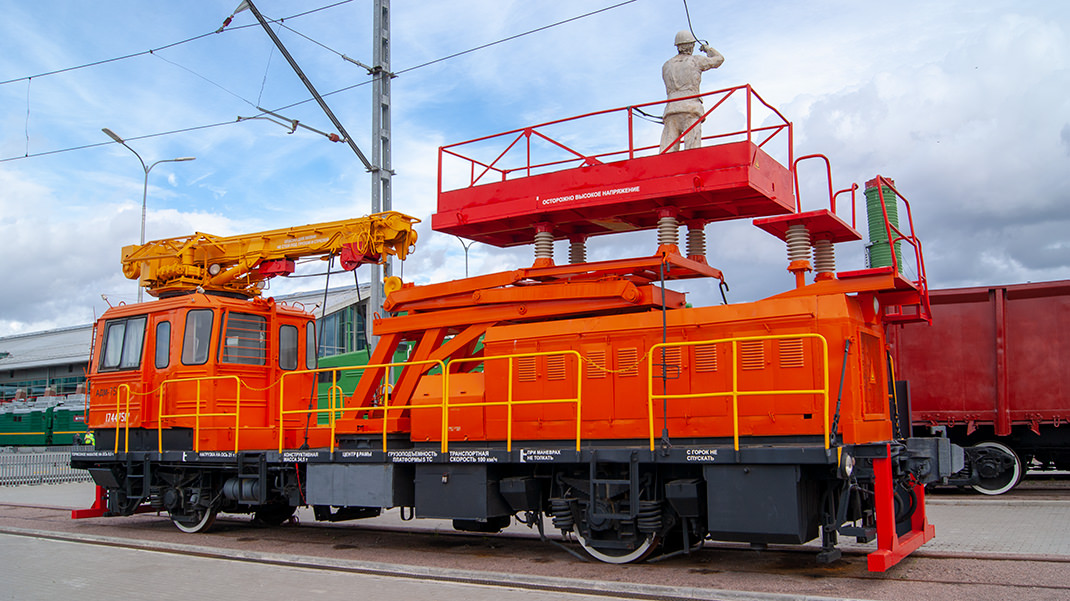
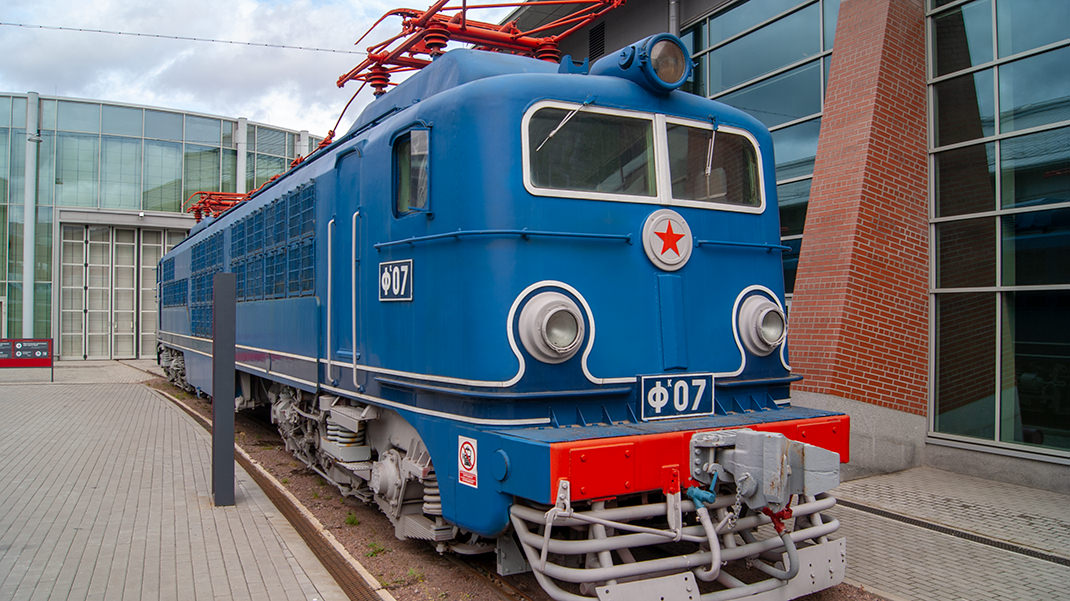
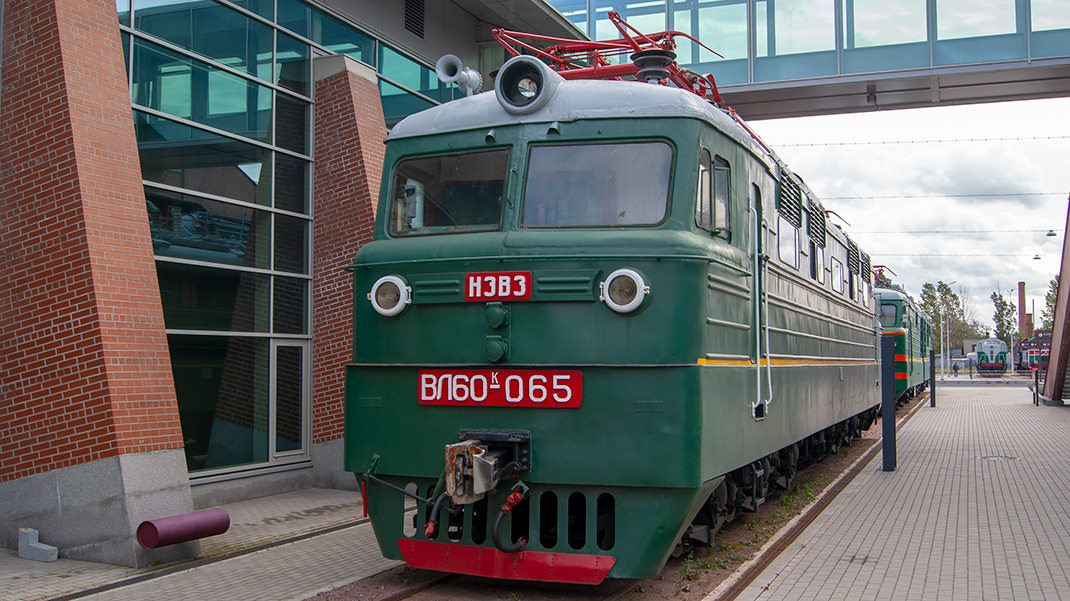
In summary:
- A vast area with an intriguing exhibition;
- Interesting for both children and adults;
- The premises include a cafeteria and a souvenir shop, with very friendly staff.


